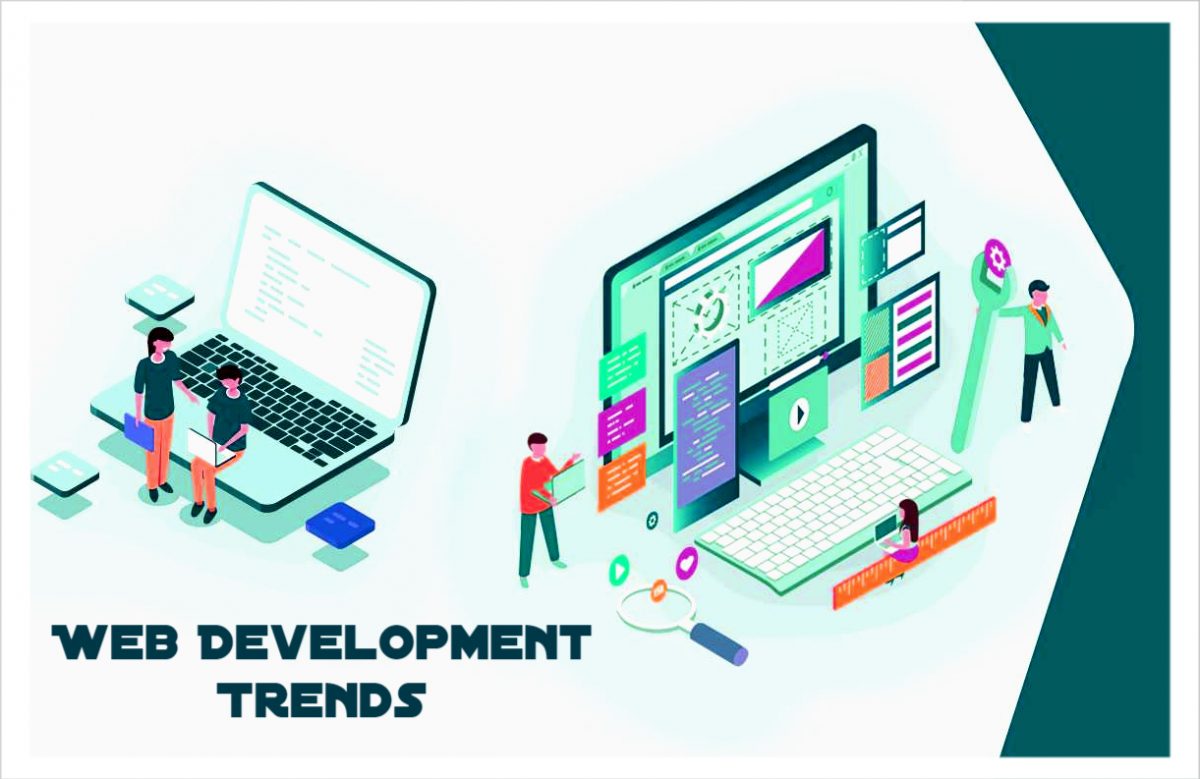
Technology Trends to Shape the World of Car Insurance
The future of car insurance is going to be shaped by modern trends in technology. If you are thinking that it is going to take a long time to get that far, you are wrong. We are talking about the near future, which is within five to ten years.
There is a significant problem with standard practices when it comes to automobile insurance. One can argue that the premium should not be a standardized one instead should be based on the history of past usage.
Technology has already made the insurance work easier than it used to be a decade back. Gone are the days of the insurance agent, claims staff, and the help-desk to answer the queries of the user. Instead, what we have today is a world where customers can purchase insurance online, make their inquiries, and get results at the click of a mouse. All that a customer needs to do is find a reputable seller and follow the click here button.
In the following post, we are listing a few technological trends that will shape the future of the automobile insurance sector in a few years.

It’s time for big data analysis
Every insurance company generates enormous amounts of data. With the analysis of this massive amount of data, also known as the big data, a service can design products and features according to the innovation requirements and demands of the users. Even with claims, cases can be handled easily and quickly since every data will be readily available. All the data will be processed by authentic data scientists, so you can rest assure that you will stay on top of the game.
Additional layers of security
With every data and information moving into the online world, the theft of the same is a big concern. Data and personal information if stolen can be used against an individual to make fraud claims or perform unauthorized activities. However, with the innovation in science and tech, there will be additional layers of security that will maintain the safety and security of all your personal information.
About IoT and Telematics

Internet of Things or IoT is a technology that was used in the automated vending machines. But the idea is making a comeback due to the increase in the usage of the IPv6 protocol for the internet router management. This, along with the Telematics, can perform modifications to the automobile insurance world in the near future.
Claims and the processing will go automatic
Insurance works due to the expectation of financial compensation should anything go wrong. This means that the claim has to be processed within a certain period of time or else the customer satisfaction metric goes down. With the increase in the use of technology, the procedure of claiming and the processing of the same will go much faster and without any documentation error. This will make the entire process time as well as cost-efficient.
Thus, we can see that technology has a lot to offer when it comes to shaping the world of automobile insurance. We need to understand and get familiar sooner than later since it is inevitable.




























